The Swifts are a group of fast-flying acrobatic birds. They have very long wings, small legs, and relatively small bodies. Researchers estimate that there are about 100 different species of these birds, all of which are in the Apodidae family. The hummingbirds are their closest living relatives. Read on to learn about the Swift.
Description of the Swift
Though there are many different species of Swifts, they all have similar body shapes. Their wings are quite long and relatively narrow, allowing these birds to maneuver through the air with impeccable skill.
They vary in size, though most are small birds, measuring between three and eight inches long. Some species weigh less than an ounce, while others weigh only an ounce or two.
Interesting Facts About the Swift
These impressive predators are numerous and widespread. Learn what makes these birds so unique below.
- Aerial Pursuit – If you’ve ever seen a Swift in flight, you’ll notice they are fast, and can turn on a dime. These birds are impressive flyers and use their skills to catch flying insects in the air, just like bats do. A single bird can catch hundreds of insects in a night.
- Bat-Like Behavior – Also like bats, many species of Swifts do not perch upright on branches. Instead, they fly continuously while hunting until they return to their roost. Many species cling to the sides of caves, rock walls, chimneys, and other similar structures.
- Echolocation – Another similarity between Swifts and bats is the use of sound to navigate. Some species of these birds live in caves, and use echolocation to find their way through the dark passages safely.
- Social Structure – Behavior varies from species to species. Some, like chimney Swifts, live alone outside of the winter. Other species, like Vaux’s and white-throated Swifts, spend the night in communal roosts with hundreds of other Swift Communal roosters usually all return to their sleeping place at the same time in a dramatic display of aerial acrobatics.
Habitat of the Swift
Different species of Swifts live across different areas across the world. Throughout their range, these birds live in a wide variety of habitats. They roost in a number of places, including hollow trees, caves, chimneys, rocky ledges, sea cliffs, and large trees. Their hunting habitat is usually open areas, like meadows, above forests, open woodlands, grasslands, and more.
Distribution of the Swift
These birds live virtually across the world, save for Antarctica. Various species live throughout North, Central, and South America, as well as Eurasia, Africa, and Australasia. Some species migrate across vast regions, while other species are sedentary and live in the same area.
Migratory species especially have wide ranges, while others species live only in a smaller region. Each species has its own unique distribution, though some populations do overlap with one another.
Diet of the Swift
Swifts are primarily insectivores, which means that insects make up the majority of their diet. They hunt in the air, flying Swiftly after their prey and snatching it straight out of the air. They frequently hunt swarms of insects by flying straight through them.
Their diet varies by region and time of year, based on what is readily available at the time. Some common prey items include flies, moths, mosquitoes, winged ants, wasps, beetles, mayflies, aphids, and spiders, which they snatch right out of their webs.
Swift and Human Interaction
Human interaction varies by species, based on where they live and roost. Habitat destruction, and changes to construction, reduces usable roosting and foraging areas. In some areas, humans also collect Swift nests to use in bird’s nest soup.
The IUCN lists many species as Least Concern, but with declining populations. They also list several species as Endangered, Vulnerable, and Near Threatened.
Domestication
Humans have not domesticated Swifts in any way.
Does the Swift Make a Good Pet
No, Swifts do not make good pets. They are wild birds, and are not friendly towards humans. In most places, it is also illegal to own one as a pet.
Swift Care
In zoos and rehabilitation centers, different Swift species require different specific care. All species need a secure roosting place, usually a vertical surface like a rock face, tree stump, or cave of some type.
Some species are highly social, and need to live in groups. They eat insects, and zookeepers usually feed them a variety of crickets, mealworms, and insectivore diet, as well as flying insects like flies.
Behavior of the Swift
Individual species have different social needs, but many species are social at some point or another. Some only flock during migration, or for heat during the winter. Other species are gregarious year-round, and live in large flocks that roost together.
They are diurnal birds, and most active during the day. All Swifts roost on vertical surfaces, which they cling to by using their feet and tails.
Reproduction of the Swift
Breeding behavior varies by species, and different species have different clutch sizes, incubation rates, and periods to maturation. Most species nest in cliffs, caves, crevices, or similar areas. Some species actually build nests onto walls using their saliva.
Clutches usually contain an average of four or five eggs. In some species both parents participate in incubation, in others on the female incubates the eggs. The incubation period lasts about three weeks, and the chicks begin flying when they are about a month old.


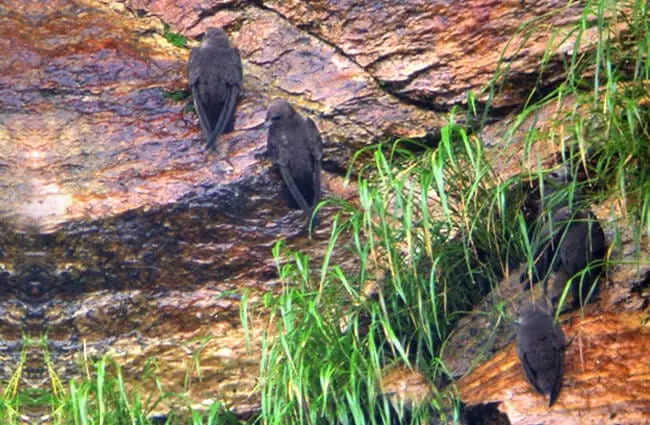

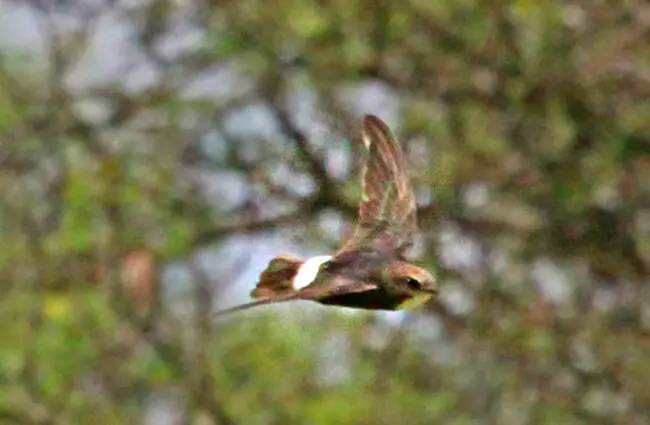




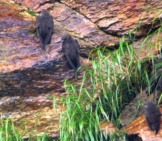
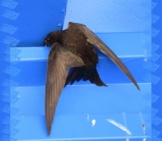
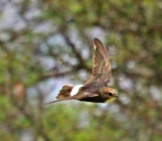

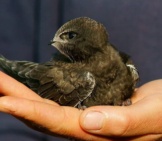
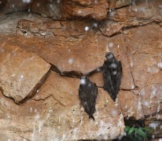
![Red Angus Closeup of a beautiful Red Angus cowPhoto by: U.S. Department of Agriculture [pubic domain]https://creativecommons.org/licenses/by/2.0/](https://animals.net/wp-content/uploads/2020/03/Red-Angus-4-238x178.jpg)












![Red Angus Closeup of a beautiful Red Angus cowPhoto by: U.S. Department of Agriculture [pubic domain]https://creativecommons.org/licenses/by/2.0/](https://animals.net/wp-content/uploads/2020/03/Red-Angus-4-100x75.jpg)

